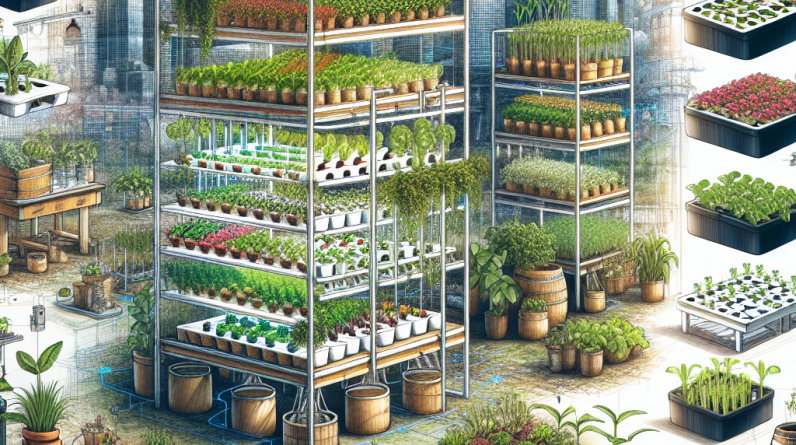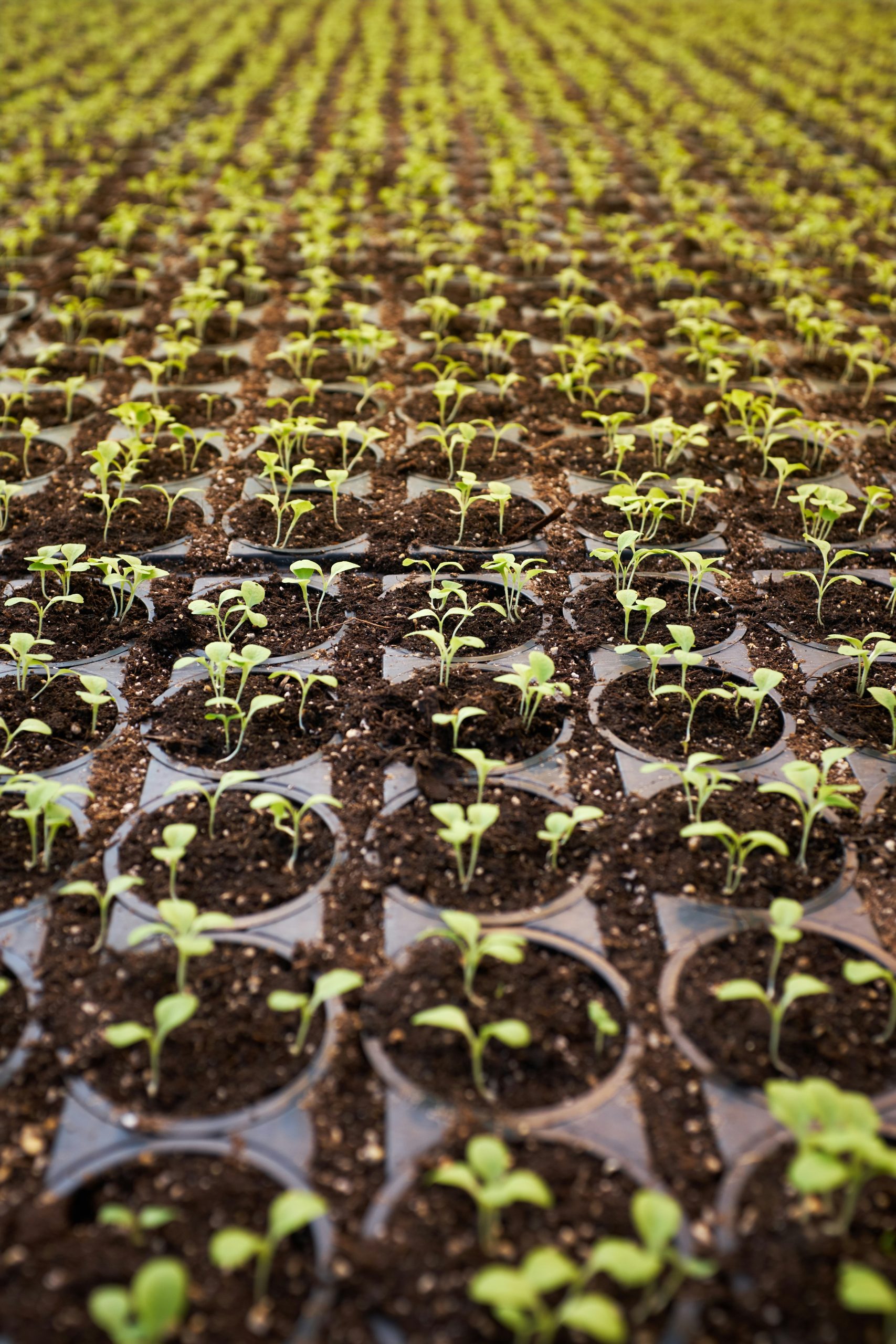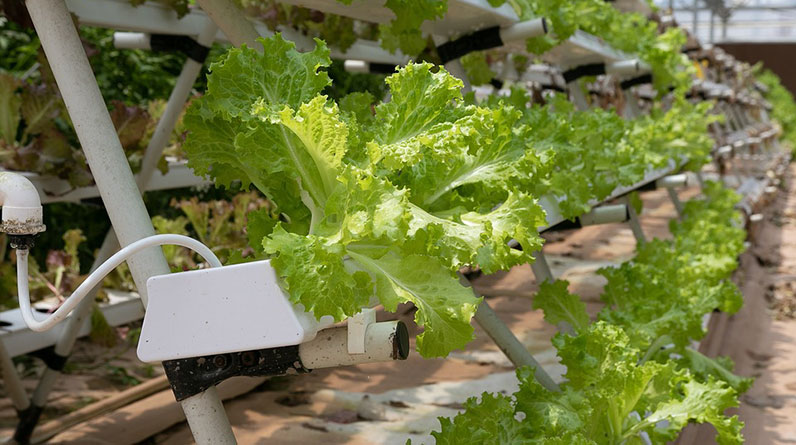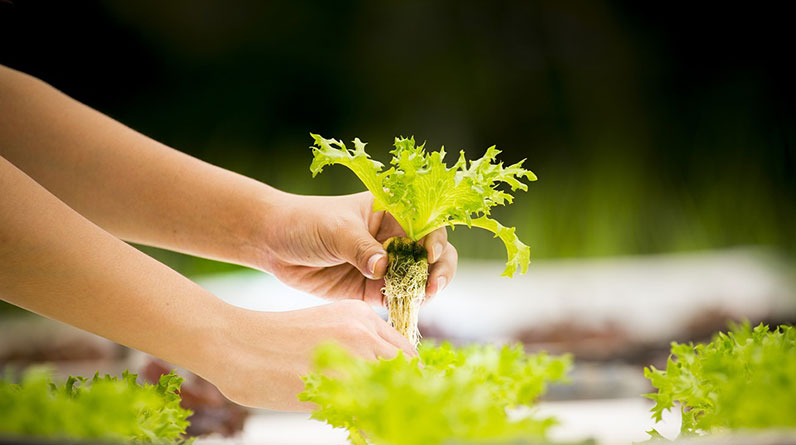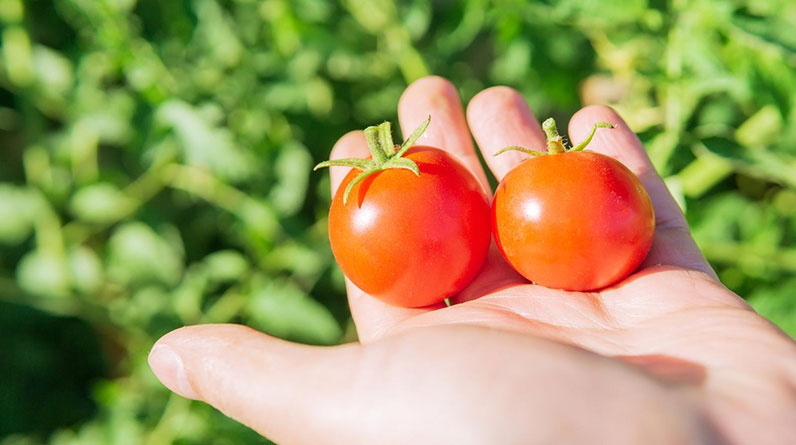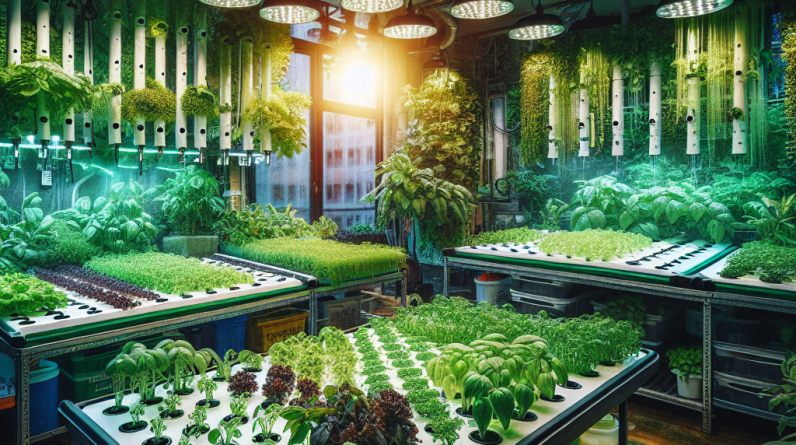
Understand the Basics of Hydroponics
What is Hydroponics?
Hey there! So, if you’re new to the idea of hydroponics, you might be wondering what the buzz is all about. Hydroponics is essentially growing plants without soil. Instead, you use nutrient-rich water to feed the plants directly. This method can lead to faster growth and better yields. I mean, who wouldn’t want that, right?
One of the coolest things about hydroponics is that you can control the environment where your plants grow. You can tweak the pH levels, light, and nutrients based on what’s best for your plants. It’s like being a plant scientist in your own backyard! Plus, you can set up hydroponic systems indoors or outdoors, making it super versatile for all kinds of setups.
As I got deeper into hydroponics, I realized it’s not just about the plants. It’s also about innovation, sustainability, and rediscovering how we grow food. It makes me feel great knowing that I’m doing my part to embrace a more eco-friendly method of agriculture!
Choosing the Right Hydroponic System
Understanding Different Systems
Now that you know what hydroponics is, let’s talk about the various systems you can use. There are several types like Nutrient Film Technique (NFT), Deep Water Culture (DWC), and Ebb and Flow systems. Each one has its quirks and benefits, and it really depends on what you’re trying to grow.
For example, the DWC system is where plants are suspended in a nutrient solution with their roots submerged. It’s great for leafy greens because the water keeps the roots cool and well-fed. On the other hand, NFT uses a thin film of nutrient solution that flows over the roots. If you’re short on space, NFT might be your jam!
When I was just starting, I experimented with different systems. Honestly, trial and error became my best friends! Take your time researching, figure out what fits your lifestyle, and remember – it’s totally okay to fumble through the process!
Nutrient Management in Hydroponics
The Importance of Nutrients
Alright, let’s get down to the details of nutrition. Plants require a variety of nutrients like nitrogen, potassium, and phosphorus. In hydroponics, you have to be on top of this because plants won’t have soil to pull those nutrients from. It’s like being their personal grocery shopper!
The way you mix those nutrients is crucial. I’ll be real – overfeeding can lead to a nasty build-up and harm your plants. You can buy pre-mixed nutrient solutions or create your own, but keeping the right balance takes some practice. Trust me, once you dial it in, your plants will thrive!
And let’s not forget about monitoring nutrient levels. I recommend investing in a good pH meter. It gives you instant feedback and helps you adjust as needed. One time, I neglected this and ended up with a bunch of unhappy plants – lesson learned!
Lighting Considerations
Choosing the Right Light
One of the biggest factors in hydroponics is lighting. If you’re growing indoors, natural sunlight might not be enough. LED grow lights are super popular because they’re energy-efficient and produce the right spectrum for plant growth. It’s kinda magical to see them blossom under those bright lights!
When selecting lights, consider the type of plants you’re growing. Some plants, like tomatoes, need more intense light than herbs. I remember when I first got my setup, I used lights that weren’t strong enough – the plants looked so sad and stretched out. Learn from my mistakes!
Another cool tip is to position your lights correctly. I found that keeping them around 12-24 inches above the plants worked well for me. Adjust as the plants grow taller, so they don’t get bleached out by the light. It’s a balancing act for sure, but seeing the plants flourish makes it all worth it!
Pest and Disease Management
Identifying Common Issues
Alright, let’s chat about pests and diseases. Just because you’re growing hydroponically doesn’t mean you’re safe from these little troublemakers. Aphids, spider mites, and even fungal infections can still pop up. Being proactive is essential!
I usually do a routine check of my plants, looking for any signs of distress. You have to play detective sometimes! Catching pests early can save you a lot of grief later. I also found that maintaining proper humidity levels helps keep pests at bay.
If you do see issues, don’t panic. There are natural solutions you can use, like insecticidal soap or neem oil. I personally prefer organic methods to keep my setup as clean as possible. The idea is to enjoy your hydroponic journey, not have it feel like you’re living in a horror movie!
FAQs
1. What plants are best for hydroponics?
Great question! Leafy greens like lettuce, spinach, and herbs like basil and mint typically do really well in hydroponics. They grow quickly and don’t require as much light as fruiting plants.
2. How often do I need to change the nutrient solution?
I usually change my nutrient solution every two weeks. However, keep an eye on the plants and nutrient levels. Signs of deficiency or excess can indicate it’s time for a change!
3. Can I set up a hydroponic system indoors?
Absolutely! Setting up an indoor hydroponics system is often easier than outdoors, especially if you’re managing those pesky pests and environmental factors. Just ensure you have proper lighting, and you are good to go!
4. Is hydroponics more expensive than traditional gardening?
It can be upfront, but it often saves money in the long run. Since plants grow faster and you can control everything, you might actually reduce waste and optimize your space!
5. Do I need any special skills to start hydroponics?
No special skills required! Just a willingness to learn and experiment. Start small, do your research, and don’t be afraid to ask for help in forums or gardening communities!



